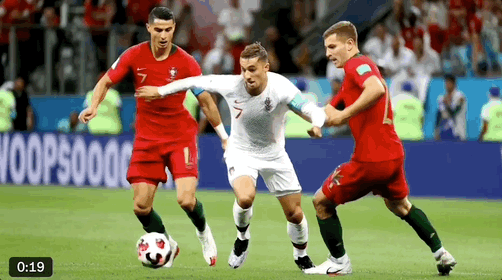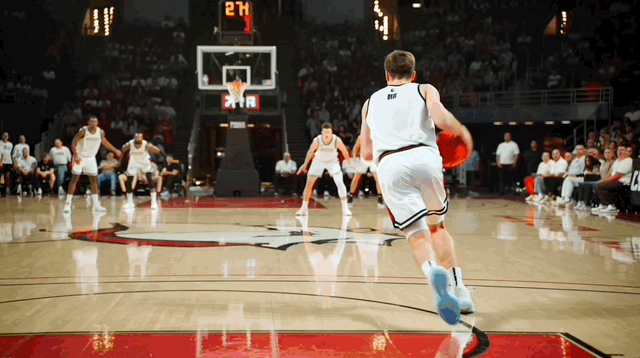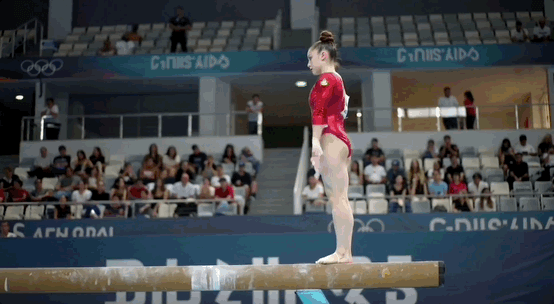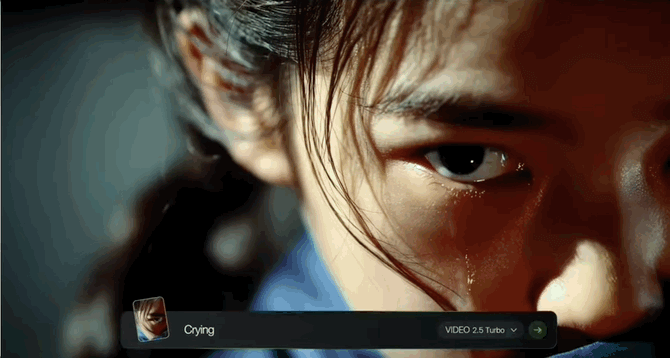
Kling 2.5 Turbo Overview: The Best Video Generation Model for AI Sports Video 2025?
TL;DR
Kling 2.5 Turbo Pro is a real upgrade for motion-heavy scenes. It brings tighter camera control, better physics, and stronger prompt adherence—exactly the traits you need for fast, athletic action. For creators who prioritize fluid motion and dynamic shots over native audio, it’s a top-tier pick for sports in 2025.
What is Kling 2.5 Turbo? (and where to get it)
Kuaishou’s Kling just officially rolled out Kling 2.5 Turbo Pro today(September 24,2025), available on Kling AI,fal.ai’s Playground and API, and DeeVid AI Video Generator. The release post calls out improvements in prompt adherence, cinematic shot execution, physics-based realism, and camera control, with examples that include rapid tracking and drone-style follow shots.
Why We Said that It Could be "The Best" for AI Sports Video?
Sports clips punish weak motion models. You need acceleration, believable momentum, and clean tracking. Kling 2.5’s own release materials showcase:
- Advanced camera control (e.g., Dutch angles, drone tracking a skier on a steep slope), showing steadier, longer action shots.
- Improved physics (gravity, reflections, impacts) so motion looks grounded rather than floaty.
In Practice, we found Kling 2.5 Turbo really can do better:
- Player runs, sprints, and cuts (consistent gait, fewer warp artifacts)

- Ballistics and gear motion (shots, passes, bounces, board/rim interactions looking less “weightless”)

- Follow cams and whip-pans (fewer jitters as you track action)
These strengths are echoed by third-party coverage noting Kling 2.5’s steadier tracking and camera obedience compared to older builds.

Kling 2.5 Turbo Pro vs Other Top AI Video Generation Models(for sports work)
| Model | Motion & Physics | Camera/Control | Native Audio | Best use cases |
|---|---|---|---|---|
| Kling 2.5 Turbo Pro | Fast, grounded motion; solid ballistics and collisions | Markedly better tracking and cinematic obedience | None (add in post) | Short, dynamic sports clips; highlights; drills |
| Google Veo 3 | Excellent physics and scene coherence | Strong cinematic moves, vertical formats support | Yes (native audio) | Clips that benefit from baked-in crowd/ambience |
| Runway Gen-3/Gen-4 | Strong and improving | Camera Control tools and editor overlays | None | Control-heavy edits inside a full creative suite |
| Luma Dream Machine (Ray2) | Natural motion and quick iteration | Expanding controls | None | Fast prototyping and realistic motion at speed |
Takeaway: If your sports deliverable needs native audio (crowd, field sound, commentary) baked in from the model, Veo 3 has the edge. If you’re stitching sound in post and your priority is fluid motion + camera stability, Kling 2.5 Turbo Pro is absolutely competitive—often the most efficient path for prompt-to-play sports snippets in 2025.
Text-to-Video & Image-to-Video on Kling 2.5 Turbo Pro

On Kling 2.5 Turbo Pro, you can generate clips two ways: Text to Video AI turns a natural-language prompt into cinematic motion with tighter camera obedience and prompt precision (think dolly moves, drone follows, and clean subject tracking), while Image to Video AI animates a single still into a short sequence that keeps the original framing and style—great for repeating drills or trying variations on the same scene.
Controls & Camera Grammar — Prompt Tips for Trying Kling 2.5 Turbo
1) Lead with the shot, then the action.
Pattern: [Shot size + lens] + [Camera move] + [Subject action] + [Physics cues] + [Timing]
Example: “Medium-long, 35mm, low tracking dolly forward as striker sprints; ball spin and net ripple on impact; continuous 10s take.”
2) Use explicit movement verbs and directions.
Say “dolly forward 5m,” “track left,” “lock-off,” “slow pan right,” “gentle roll,” “handheld micro-shake,” or “drone follow from 5 m behind.”
3) Bake in physics language for sports.
Add cues like inertia, acceleration, impact, rebound, cloth flutter, turf spray, rim vibration. These hints steer the model toward grounded motion—one of Kling 2.5 Turbo Pro’s strengths.
4) Time your moves.
Write durations (“8s continuous,” “2s whip-pan then settle”) and speed adjectives (“slow push-in,” “rapid track”) so the engine distributes motion across the clip length rather than front-loading it. (Whip-pans are the canonical fast pan to inject energy.)
5) When to lock vs. move.
- Lock-off for key impact moments (goal, dunk, finish line) to minimize artifacts.
- Move during pursuit (fast breaks, counterattacks) to maintain subject size and speed. Film grammar differentiates static pans/tilts (pivot in place) from true camera moves (dolly/track) that physically shift the camera—use the right one for clarity.
Verdict: Is Kling 2.5 Turbo the best for AI sports video in 2025?
If your priority is clean, believable motion with stable tracking and responsive camera moves, Kling 2.5 Turbo Pro is one of the best tools you can use right now—especially for highlight-style sequences, drills, and short tactical explainers you’ll sound-design later. It doesn’t ship audio like Veo 3, but the motion/physics + camera control stack is strong enough to make Kling 2.5 a top-tier sports pick—and its easy access and transparent per-second pricing sweeten the deal for fast iterations.